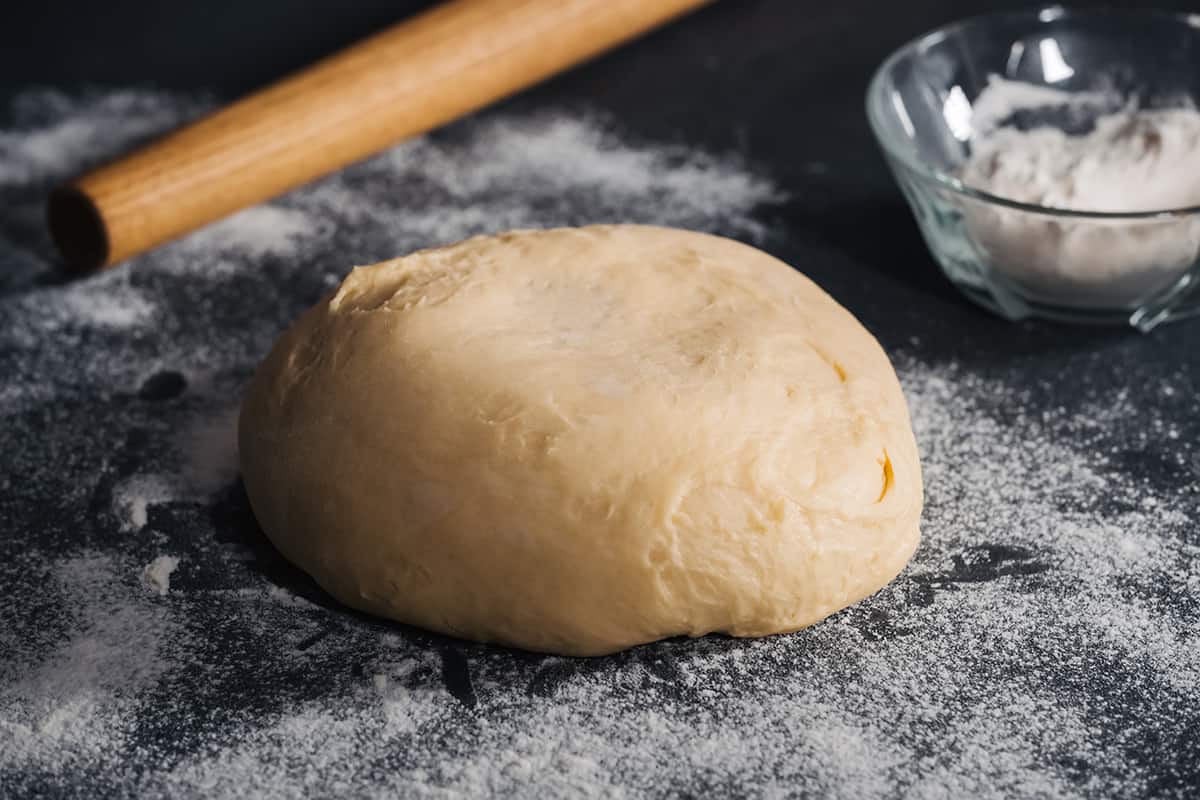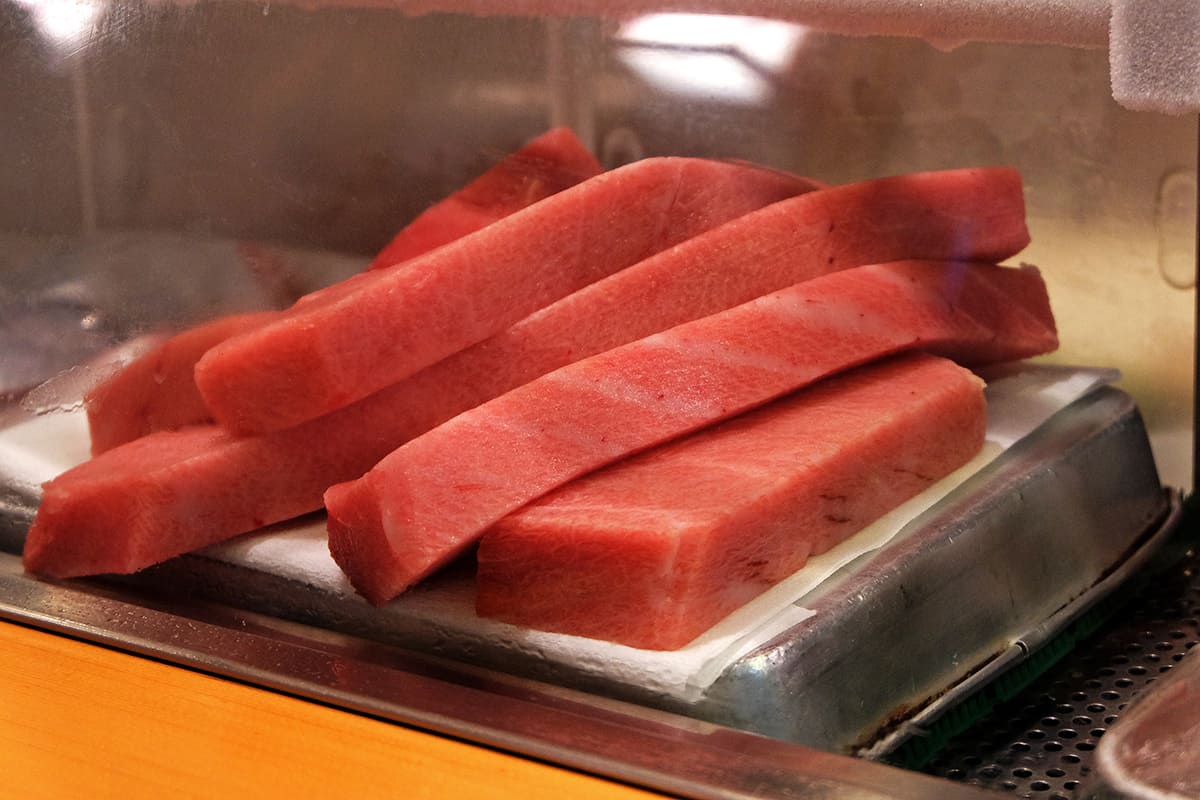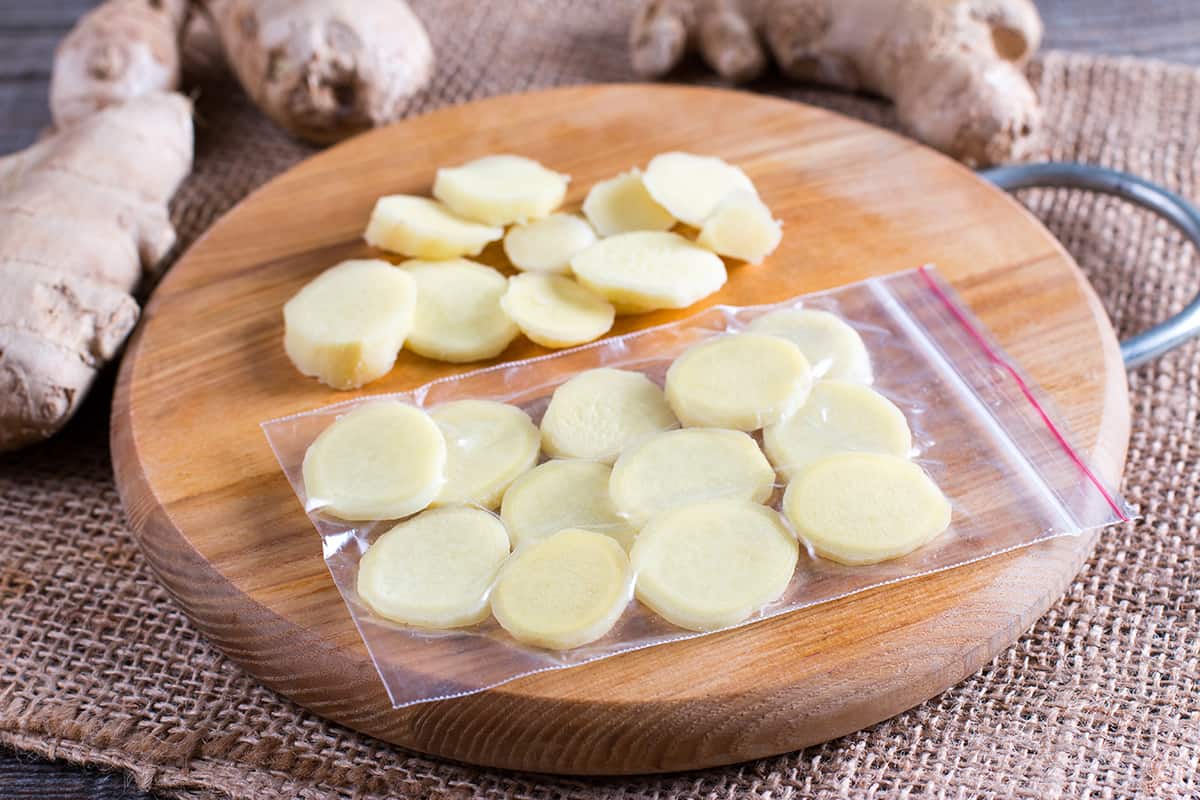Most times when we prepare to bake, we can make our dough ahead of time. This is to make the baking process a lot easier and faster.
For most people or bakers, after preparing the dough, they freeze it.
Freezing your dough is one way to preserve your dough for a long time. Even as long as two months without it getting worse. But after freezing, how do you get the dough to melt without wasting time?
There are several ways this can be done and each of them is easy if you follow the steps I will show you.
When it comes to thawing your dough quickly, you need to be very careful to not cook the dough by mistake. That is why it is preferable to use the code methods of thawing dough when possible. I will only recommend you use warm methods if you are in a hurry.
To thaw your dough very fast, you need to use either of the following methods:
- Thaw your dough on the counter or table in a room that is at room temperature
- Place your dough in the refrigerator to thaw, or leave the dough in the fridge overnight
- Place the dough in a microwave after safely sealing the dough in a microwave plate and a plastic cover that’s safe for the microwave
- Thaw the dough in a preheated oven of up to 100° Fahrenheit
- You can use a cold or warm water bath to thaw your dough quickly
A couple of these methods have been tried by most people, including me, and they all work fine. They are people who have combined these methods for a more perfect result.
Continue reading to know how to thaw your dough fast and without affecting its integrity.
Before we proceed to the ways of thawing your dough quickly, you should know that any of these methods you choose depends greatly on how much time you are willing to spare.
Thawing Dough at Room Temperature
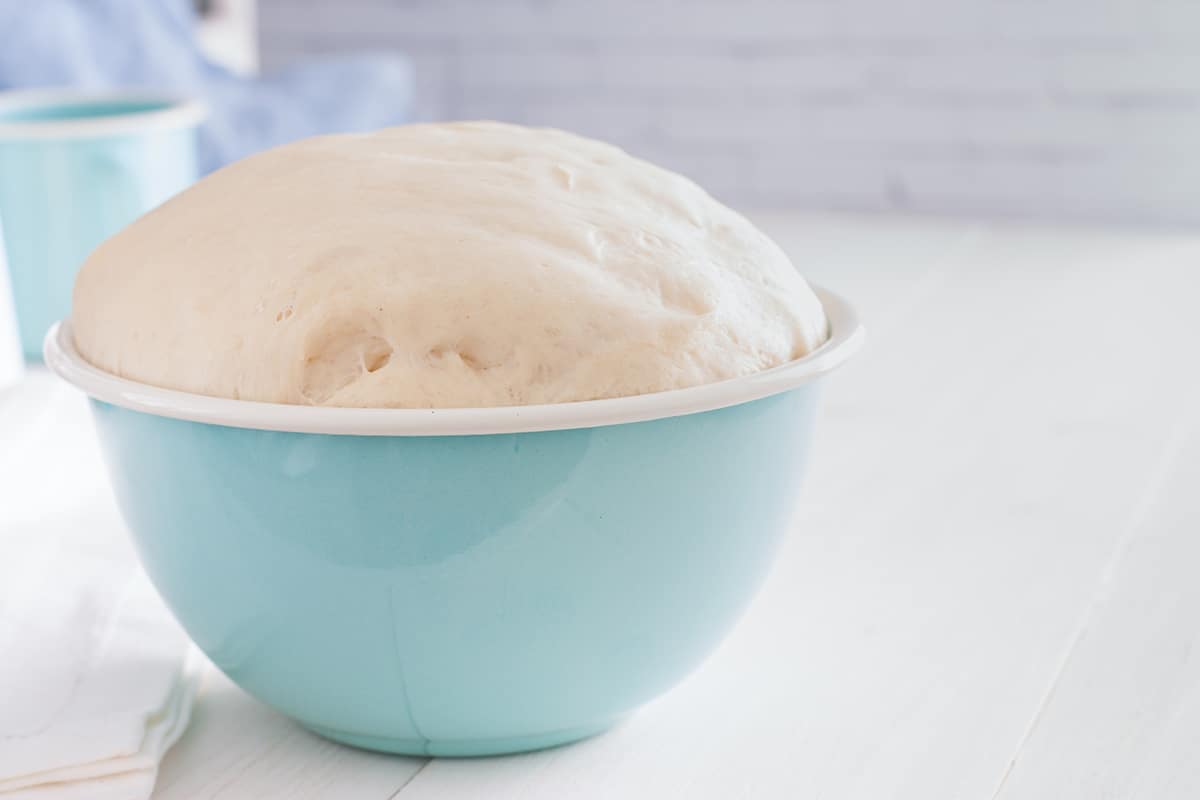
If you want to thaw your dough faster, you need to bring it out or leave it in a room at room temperature. This method has two very important advantages. After defrosting, the dough will still maintain its original elasticity and texture.
The method is one of the simplest to do. When you are ready to defrost the dough, you’ll have to remove it from your freezer, then remove it from the storage container or bag.
After this, cut out a sizable amount of plastic wrapping material and warp around the dough. Before this, you have to spray a very small quantity of vegetable oil on the dough before covering it. It will help in the removal of the wrapping material.
After covering the dough, place it inside a sizable dough, then place on top of a countertop, table, or anywhere else but at room temperature.
In three to two hours, the dough should have risen and warmed up pretty well. At this point, it’s ready to be used.
Defrosting Dough Using Refrigerators
This method is mostly used when you want to thaw your dough, but not in a hurry. Probably if the dough is to be used the next day.
I use this method to defrost dough when I plan to use the dough the next day. Although it’s not as fast as the first method, it also does not have any risk of cooking your dough. After using this method, my dough always comes out firm, and with my hands, I can spread them easily.
There are two ways of using the refrigerator to defrost dough and each of them is as easy as the other.
First Method
To begin this process, you need to first retrieve your dough from your freezer. But this time you don’t have to take it away from the plastic storage container or bag.
After this, you can go ahead and place the dough in a large bowl that is sizable enough to hold the dope if it rises.
After placing the dough in the large bowl, put the bowl into your refrigerator, this time, not the freezer, and allow it to thaw overnight. If the dough will be used in the daytime, it is best to defrost the dough for more than eight hours.
Although this method is easy, it has one downside – the dough tends to stick to the storage container or bag used. Whenever this happens, it makes quite an annoying mess.
But if you don’t mind, or if this is no problem at all, you can always use this particular method to thaw your dough.
When it is time to use your dough, you can then move it from the refrigerator and keep it for one hour on a countertop at room temperature.
Second Method
This method differs from the first method because it reduces the possibility of having dough sticking to the storage containers or bags.
To start this process, you have to take your dough away from your freezer and take it to the countertop or any flat surface.
You can then remove it from the storage container or bag and rub the surface with some vegetable oil. Like you did when thawing the dough at room temperature.
After this, you’ll need a medium-sized plate. It should also be sprayed with vegetable oil as well.
Then cut out some plastic wrappings for your dough; apply oil as before. By now, you should already know the function of the vegetable oil, which is to help avoid the annoying mess common with the first method.
After this, you’ll have to wrap your dough with plastic wrappings, very tight, and place it on the plate. Stash it back into the refrigerator and leave overnight or for a few hours. You have to make sure that your dough is completely covered before putting it into the refrigerator as surrounding odors from the fridge or moisture can contain the dough.
One hour before using the dough, take it out from the refrigerator and place it on a flat surface or a countertop to thaw away. This would make for less stressful stretching as the dough would have gotten used to the temperature and thawed properly.
Thawing Dough With Microwave
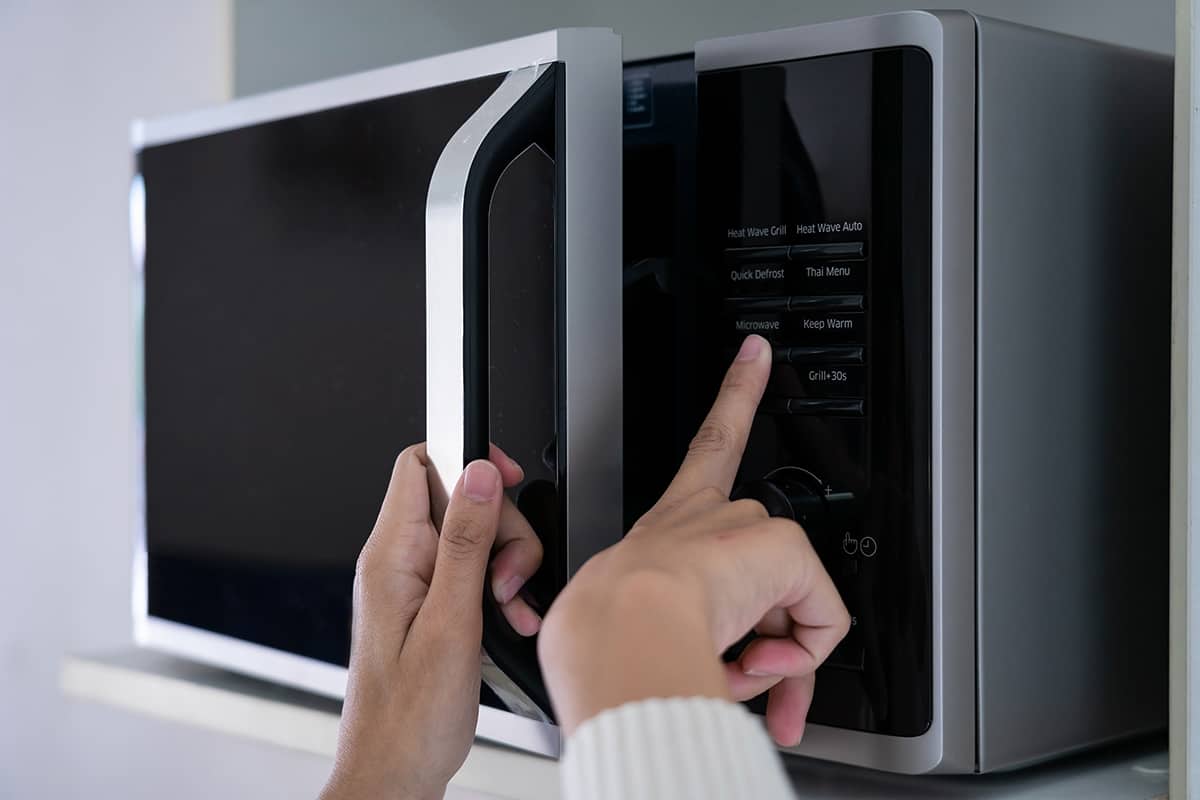
Although this method is very easy for thawing dough or any other frozen foods, it is a bit tricky and should be done with care, especially when defrosting dough.
One advantage this method has over the others is that it is very fast. While the other two methods can take between 4 to 12 hours to thaw, you only need fifteen minutes for this method.
It’s easy, fast, and efficient. But like the first refrigerating method, you might end up with some dough sticking to the storage container or bag.
To begin this process, you’ll need to oil your microwave plate with vegetable oil and place the dough inside it after you have taken it out of the storage bag. Cover the dough with a microwave-safe wrap, and microwave to thaw.
Most times when I use this method, my microwave is set high for the first twenty seconds or up to forty seconds. This depends greatly on the size of the dough you are working with.
Be careful with this process so you don’t end up cooking your dough.
After the first twenty to forty seconds, flip the dough to the other side, and heat again for another thirty seconds, after which you will set the microwave to the defrost setting and thaw the dough for five minutes.
By now, your dough must have risen and is very ready for use.
Thawing Dough with Oven
This method is almost as similar to the microwave method for defrosting dough very fast. But one of the advantages it has over it is that the process is more evenly done.
But beware, your chances of cooking your dough using the oven are higher than when using the microwave.
Just like in the microwave, you’ll need to oil your baking pan sizable enough to hold your dough after it has risen, and not a microwave plate.
It will also need to be covered too. You can oil the wrap or cover it for better results. At 100° Fahrenheit, one hour is enough to get the dough soft.
If it’s still hard, then an extra thirty to fifty minutes will do. On no account should you thaw your dough in the oven for longer than two hours.
Usually, when I do this method, I add some water to a bowl and place it inside the oven. This is to make sure my dough does not dry out while I thaw it.
Thawing Your Dough Using Water Bath
Another faster way of thawing dough is using water baths. Like the refrigerator method, it has two ways.
You can thaw the dough with warm water or a cold water bath. Either of the two will give you the desired results.
The simplest way of doing this is by removing the dough from your freezer and leaving it in its storage container.
You can place the properly sealed dough into the water at room temperature for at least one to two hours.
To get a faster result, make sure that the dough is completely inside the water.
You’ll know your dough is ready when it’s soft, rises, and there are tiny bubbles on the dough’s storage surface.
After removing from the water, allow an additional one hour for the even out, before using.
The warm water method is faster but will require you to constantly change the water as the temperature drops. This will be done till the dough thaws completely.
